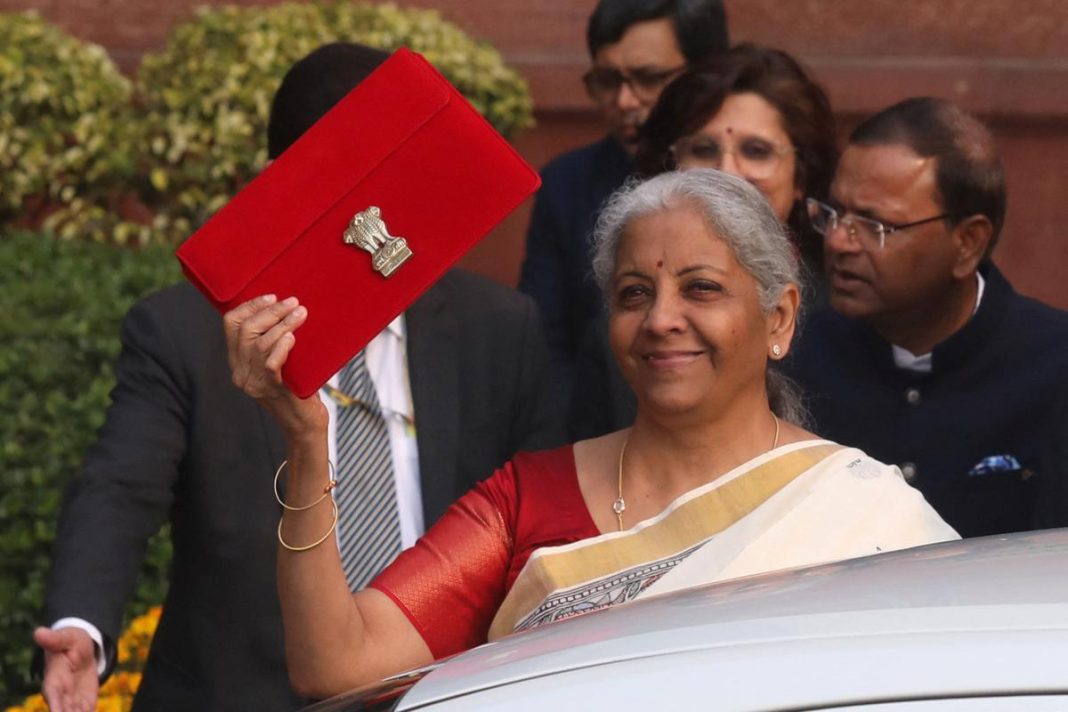India’s defence budget has experienced a remarkable transformation over the past decade, reflecting the nation’s strategic priorities and security imperatives. This article delves into the significant changes in the Indian defence budget, highlighting key trends, challenges, and future directions.
Historical Context of India’s Defence Budget
India’s defence budget has seen a substantial increase, growing from ₹2.53 lakh crore in 2014 to approximately ₹6.22 lakh crore in 2024. This 2.5-fold increase underscores India’s commitment to bolstering its military capabilities amidst a rapidly evolving geopolitical landscape. The growth trajectory of the defence budget is not merely a numerical increase; it is indicative of India’s proactive approach to national security, modernization, and self-reliance in defence manufacturing.
Key Drivers of Budget Growth
Several factors have contributed to the dramatic rise in India’s defence budget:
- Geopolitical Tensions: The ongoing border disputes with Pakistan and China have necessitated a robust military response. As regional threats escalate, India has prioritized its defence spending to ensure preparedness.
- Modernization Initiatives: The focus on upgrading military technology and equipment has driven capital expenditure, allowing the armed forces to remain competitive on a global scale.
- Self-Reliance Initiatives: The government’s push for “Aatmanirbharta” (self-reliance) in defence manufacturing has led to increased domestic production and reduced dependency on foreign imports.
Detailed Breakdown of the Current Defence Budget
| Fiscal Year | Defence Budget Allocation | Approx. USD Equivalent | % Increase Over Previous Year |
|---|---|---|---|
| 2017–2018 | ₹359,000 crore (equivalent to ₹5.0 trillion in 2023) | US$58 billion (2023) | ~7% |
| 2018–2019 | ₹404,365 crore (equivalent to ₹5.4 trillion in 2023) | US$63 billion (2023) | 5.66% |
| 2019–2020 | ₹448,820 crore (final expenditure; ₹431,011 crore was interim) | US$64 billion (2023) | ~10% (final vs. previous) |
| 2020–2021 | ₹471,378 crore (equivalent to ₹5.5 trillion in 2023) | US$64 billion (2023) | ~9% |
| 2021–2022 | ₹478,196 crore (equivalent to ₹5.4 trillion in 2023) | US$62 billion (2023) | ~1% |
| 2022–2023 | ₹525,166 crore (equivalent to ₹5.6 trillion in 2023) | US$64 billion (2023) | ~10% |
| 2023–2024 | ₹593,538 crore | US$69 billion | – |
| 2024–2025 | ₹621,940 crore | US$72 billion | ~4.8% |
Fiscal Year 2024-25 Allocations
The defence budget for FY 2024-25 stands at ₹6.22 lakh crore, reflecting a growth of 7.1% compared to the previous fiscal year. Notably, when excluding pensions, the increase is even more significant at 8.6%. This allocation is strategically designed to address both immediate and long-term defence needs.
Capital Expenditure Focus
A substantial portion of the defence budget is allocated to capital expenditure, which is crucial for modernizing military capabilities. In FY 2024-25, ₹1.72 lakh crore, accounting for 34% of the total budget, is earmarked for capital expenditure. This investment will facilitate the acquisition of advanced weaponry, state-of-the-art systems, and next-generation technologies.
Investment in Research and Development
The Indian government has recognized the importance of research and development (R&D) in achieving self-reliance. Currently, the R&D budget stands at approximately ₹13,200 crore. This allocation aims to fill critical technology gaps in areas such as missile systems, cyber warfare, and artificial intelligence.
Strategic Imperatives Behind Budget Increases
Geopolitical Landscape
The changing geopolitical environment plays a pivotal role in shaping India’s defence budget. Hostile relations with Pakistan and China, coupled with global conflicts, have necessitated a reevaluation of military preparedness. The ongoing Russia-Ukraine war and instability in the Middle East further emphasize the need for a robust defence posture.
Domestic Manufacturing and Employment Generation
The Indian government has emphasized the need for indigenous manufacturing to reduce reliance on foreign suppliers. Under initiatives like “Make in India,” approximately 75% of the capital procurement budget for modernisation is allocated to domestic industries. This approach not only enhances operational autonomy but also generates employment opportunities within the country.
Challenges in Modernizing India’s Armed Forces
Despite the impressive growth in the defence budget, significant challenges remain in modernizing India’s armed forces. A heavy reliance on imports for armaments and other military equipment poses vulnerabilities, particularly in times of geopolitical tension. Delays in critical acquisitions, such as the Tejas Light Combat Aircraft and Project 75(I) submarines, hinder operational readiness.
Bureaucratic Inefficiencies
Bureaucratic inefficiencies often exacerbate delays in procurement processes, leading to missed opportunities for timely modernization. Streamlining these processes is essential for the effective utilization of allocated funds.
Technological Gaps
While India has made strides in indigenous manufacturing, gaps in critical technologies persist. To achieve true self-reliance, increased investment in R&D is essential to foster innovation and bridge these technological divides.
The Future of India’s Defence Budget
Anticipated Growth and Reforms
Looking ahead, experts predict that India’s defence budget will continue to grow. The government’s commitment to enhancing national security and addressing emerging threats is likely to drive further increases in defence spending. The Defence Minister’s recent announcement designating 2025 as “The Year of Reforms” has raised expectations for higher allocations in the upcoming fiscal years.
Balancing Defence Spending with National Priorities
While the defence budget is crucial for national security, it is essential to balance military spending with other national priorities, such as infrastructure development and employment generation. Experts advocate for a holistic approach that considers the broader socio-economic context.
Conclusion
India’s defence budget has undergone a significant transformation over the past decade, reflecting the nation’s evolving security landscape and strategic imperatives. As the country continues to modernize its armed forces and invest in self-reliance, it must also address the challenges that accompany such growth. The future of India’s defence budget will depend on a careful balance between enhancing military capabilities and addressing the socio-economic needs of the nation.





